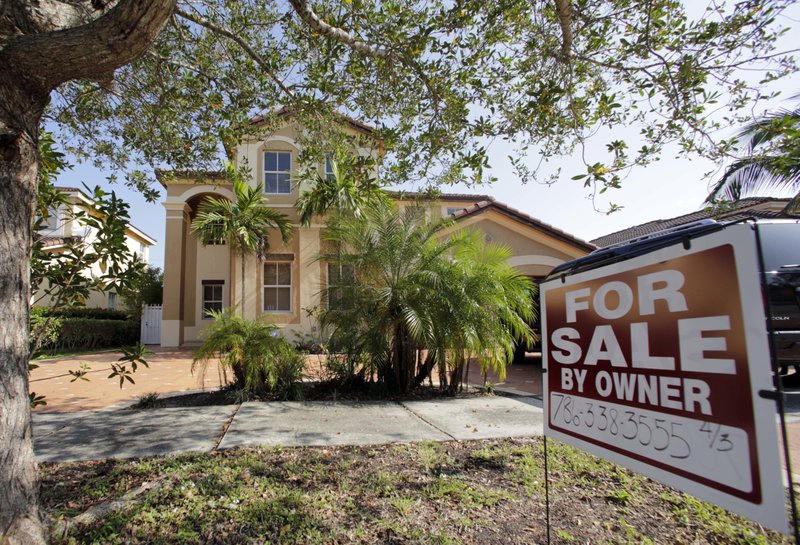WASHINGTON — Americans shrugged off rising mortgage rates and bought existing homes in January at the fastest pace since 2007. That has set off bidding wars that have pushed up prices as the supply of available homes has dwindled to record lows.
Home sales rose 3.3 percent in January from December to a seasonally adjusted annual rate of 5.69 million, the National Association of Realtors said Wednesday.
Steady job gains, modest pay raises and rising consumer confidence are spurring healthy home buying even as borrowing costs have risen since last fall. Some potential buyers may be accelerating their home purchases to get ahead of any further increases in mortgage rates. With few homes available for sale, buyers are pressured to rapidly close a deal as they find a suitable property.
The typical house for sale was on the market for just 50 days last month, compared with 64 days a year ago. Strong demand is pushing up median home prices, which jumped 7.1 percent from a year earlier to $228,900.
Just 1.69 million homes were on the market nationwide in January, near the lowest level since records began in 1999. It would take just 3.6 months to deplete that supply at the current pace of sales, matching a record low reached in December. Supply is usually equal to about six months of sales in a balanced housing market.
The supply crunch will likely get worse during the upcoming spring buying season, economists say, as demand typically rises by more than supply during that time.
"Relative to the number of households, the number of homes for sale is well through prior historic lows," said Ted Wieseman, an economist at Morgan Stanley. "The level of inventories could be a much bigger challenge moving into much higher sales in the spring and summer."
That, combined with higher mortgage rates, could soon restrain sales.
"We are a bit less gloomy about housing than a couple of months ago but sales will not continue to rise at their recent pace," said Ian Shepherdson, chief economist at Pantheon Macroeconomics.
Read Thursday's Arkansas Democrat-Gazette for full details.
